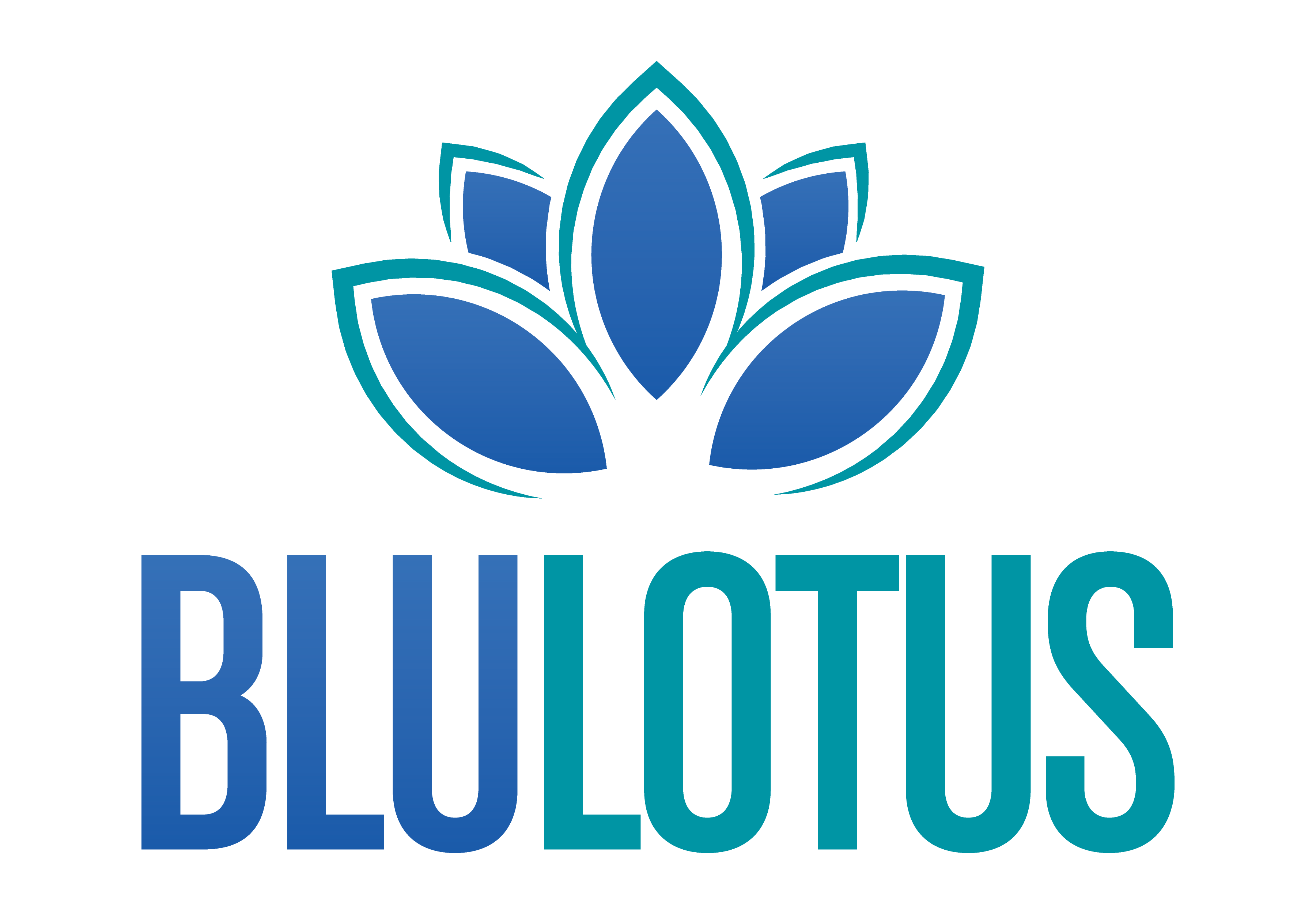As communications professionals plan for cultural and identity holidays like Black History Month and Women’s History Month, our marketing, public relations and social media should not be performative. Our efforts must be inclusive and authentic, with direct paths toward helping those communities inside and outside our business.
Consumers are more diverse than ever and hold large purchasing powers. Younger generations like Millennials and Generation Z (Gen Z) are holding companies accountable for their actions, especially regarding performative allyship. Communicators can work with different parts of the business – from Human Resources (HR) to Product Operations to the C-Suite – to create impactful changes and progress.
Communications and marketing teams are increasingly celebrating cultural and identity holidays like Black History Month, Women’s History Month, Asian American and Pacific Islander Heritage Month, Pride Month, and Hispanic Heritage Month. These teams need to remember it requires cultural intelligence, authenticity and a deep respect and understanding for the communities you wish to promote and serve.
Here are some core principles to remember as you develop your campaigns.
Your efforts should occur throughout the year. Although these cultural and identity holidays might fall within one month, week or day, they should be celebrated throughout the year, every year. Diversity, equity and inclusion are ongoing efforts. It becomes exploitative when you relegate your marketing and communications to a specific time period. Incorporating these strategies and tactics all year long strengthens and amplifies your efforts during annual cultural and identity holidays.
Tie in company efforts to advance those communities into your marketing campaigns. If you’re promoting a cultural or identity holiday but aren’t advancing those communities inside and outside of your organization, it’s performative. Brainstorm ways with your internal departments to create that change. If you are already advancing these efforts meaningfully, connect them to your campaign. It shows audiences you are committed to action, not just words.
Highlight relevant employees and customers and promote their accomplishments. A brand’s staff and customers help define who they are. Promoting their stories and achievements inside and outside the organization helps show a human side of the brand. It shows how proud you are of them and how you are advancing their efforts. If you discover you don’t have many stories, or you keep promoting the same small handful of people, this opportunity can be used to drive change in your organization to increase diversity, equity and inclusion efforts.
Utilize diverse team members to create, lead and inform campaigns. Not only is it essential for diverse team members to help inform campaigns, you should be giving them the opportunity to create and lead them. These efforts are often spearheaded by people who are not a part of these cultural and identity groups. Even worse, these campaigns are often created without their input. You cannot incorporate cultural intelligence, authenticity and respect if you won’t give them a seat at the table, especially with proper support and resources.
Diversity, equity and inclusion are important to prioritize in your organization, especially if it’s used to promote your brand. A sustained commitment to these communities will help garner their attention, increase their engagement, and earn their respect. In turn, it will help you build a better organization and brand.

